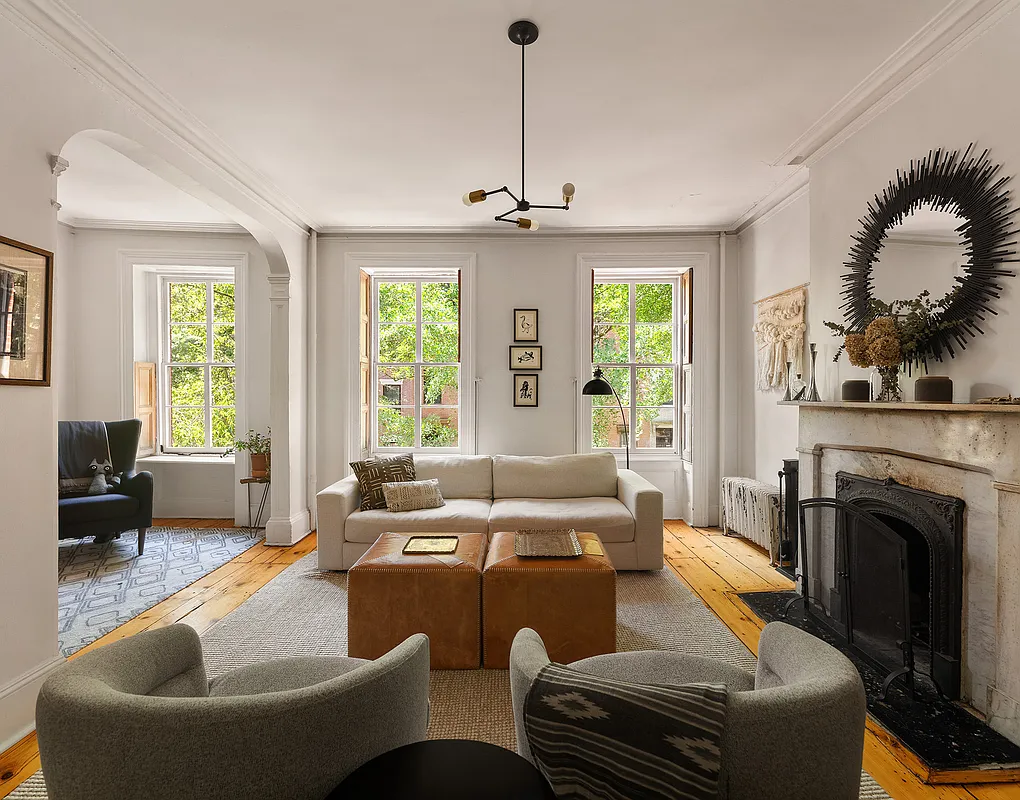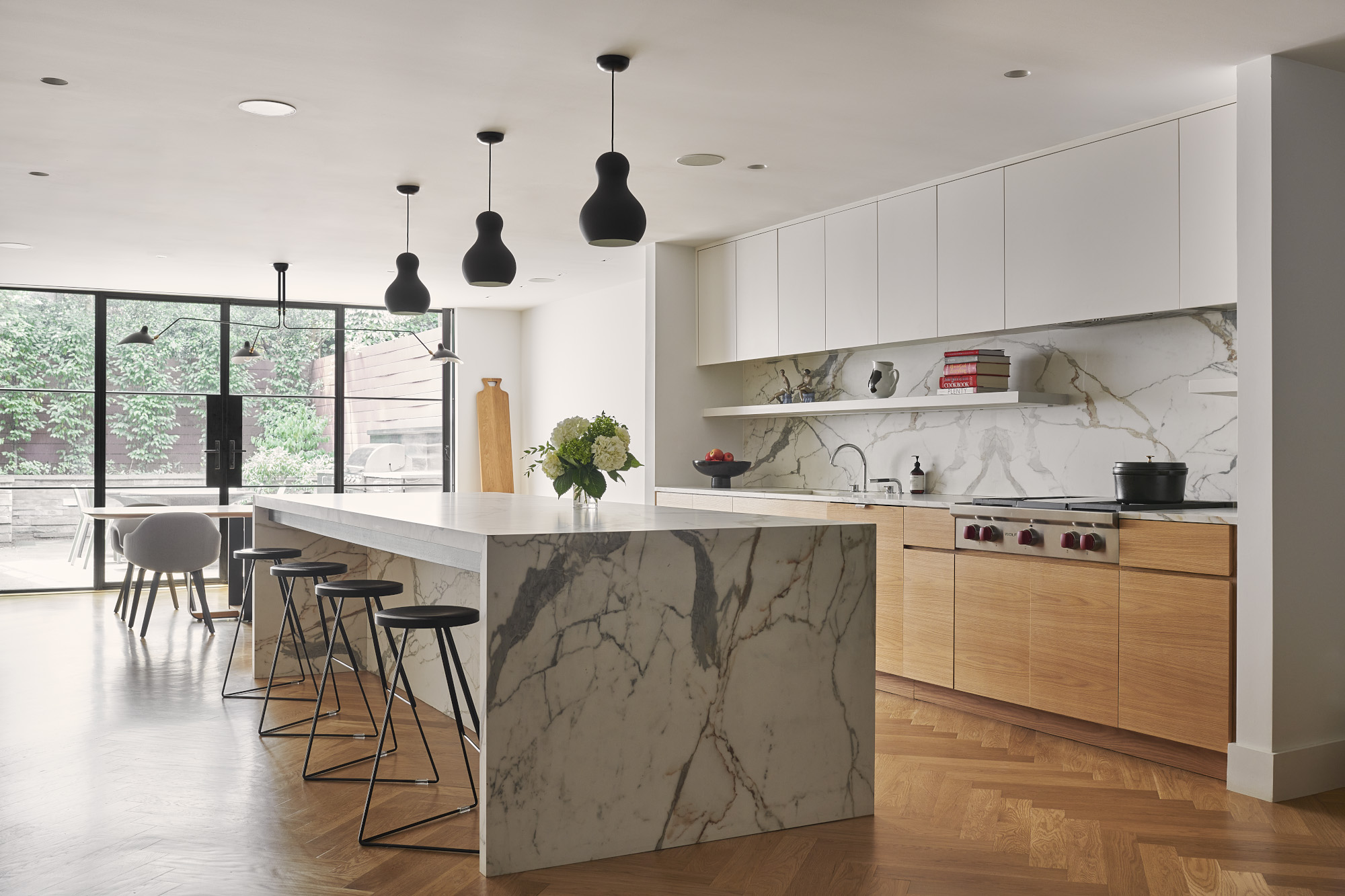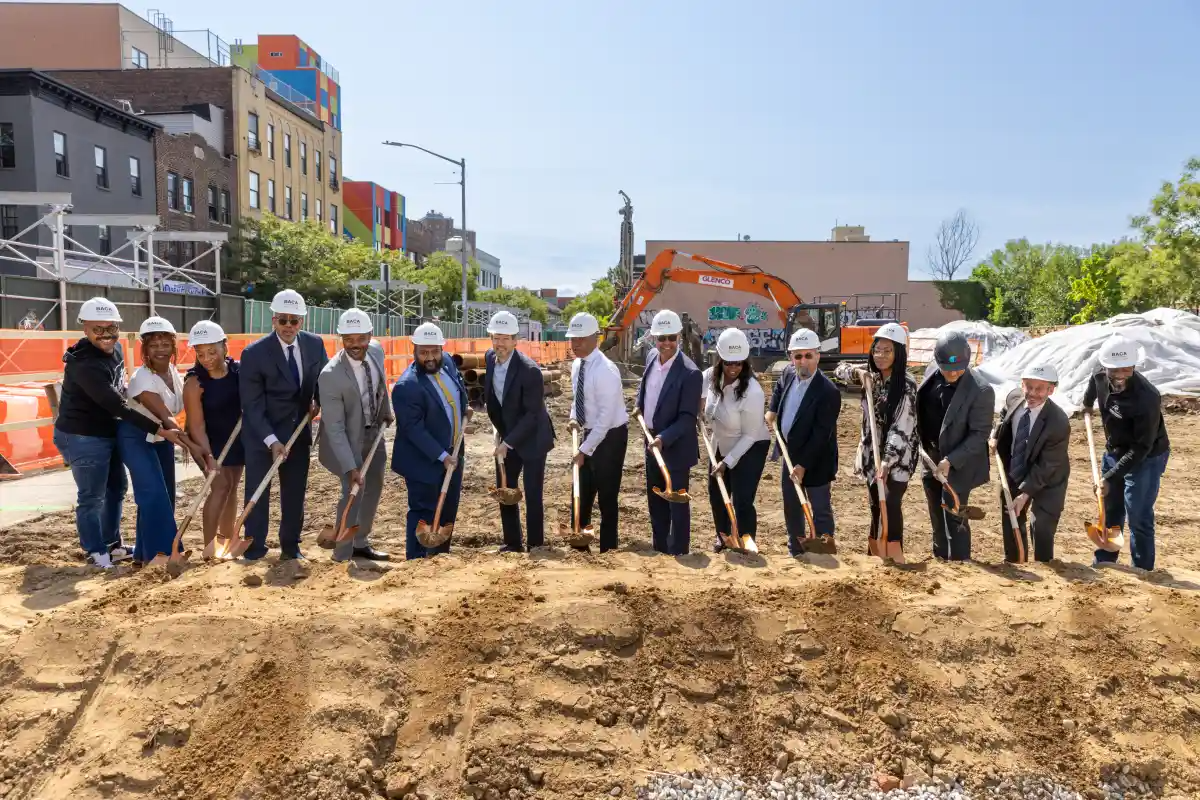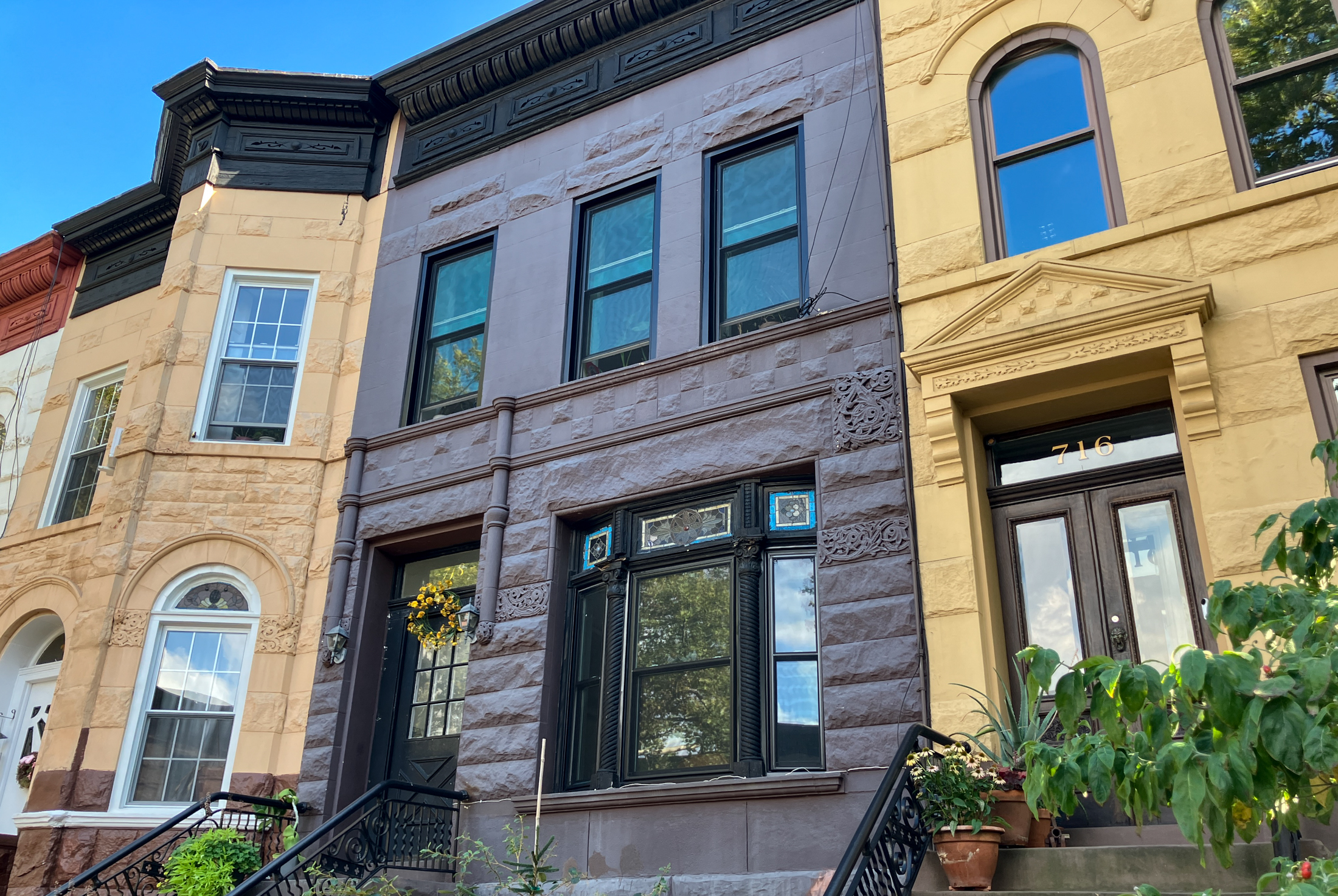Historic District For Downtown Brooklyn
The city has proposed a Borough Hall Skyscraper Historic District, covering 20 buildings in Downtown Brooklyn and in Brooklyn Heights reports the NY Post. The proposed district includes Borough Hall, the Municipal Building, and a group of early-1900s Romanesque Revival and Beaux-Arts buildings along Court Street. The city’s proposal pointed out that “The district contains…


The city has proposed a Borough Hall Skyscraper Historic District, covering 20 buildings in Downtown Brooklyn and in Brooklyn Heights reports the NY Post. The proposed district includes Borough Hall, the Municipal Building, and a group of early-1900s Romanesque Revival and Beaux-Arts buildings along Court Street. The city’s proposal pointed out that “The district contains many of the borough’s most architecturally distinguished business buildings. Designed in a range of styles, the structures in the study area represent the work of an impressive group of architects. This LPC agenda [PDF] from the October 26th hearing has the nitty gritty on boundaries and specific buildings. The time line for landmarking is unclear as of yet.
City Plans Skyscraper District in Downtown Brooklyn [NY Post]
Photo by AllWaysNY





many fine facades along Fulton are not protected – this is a very limited district.
Ditto what fsrg said @ 1:58.
To move the conversation fwd, here’s a question that doesn’t even hinge on demolishing things: What if someone simply wanted to renovate one of the historic towers? LPC is renowned for being picky over every litte detail, including limiting window type/manufacturer. So, paridoxically, “landmarking” this area could actually make it harder to renovate (and preserve!) the very historic buildings that are at issue here.
Look, if we’re being honest, the early 1900s “skyscrapers” on Court St. (that are really what this is all about) were looking in pretty bad shape a few years ago. They were all soot-covered and nasty, but low and behold the private sector has come in and cleaned most of them up over the past few years, installed new windows, etc.
Seems “landmarking” would only add more hurdles and headaches; the private sector’s already done a pretty good job of saving these historic gems absent LPC meddling.
That Danny guy who keeps changing the restaurant on the corner of Atlantic and Court (F. Martinelli?) is lucky this HD won’t extend further than Livingston. He’d be in front of the LPC 4 times per year for signage approval.
But what about the Apple store Marty wants in the Municipal Building???
I kid, I kid…
It doesn’t really matter because the district is so small anyway. It’s basically confined to borough hall’s neighboring backyard streets like Livingston and Court. If anything is going to be built around there, it’s going to happen on a parking lot, and not through the demolition of a historic property.
WBer – I am sure that the non-contributing buildings could LEGALLY be demo’ed and replaced BUT by land-marking the ‘district’ you make it infinitely more difficult.
Again lets say someone wanted to replace the Board of Ed building on Court with a “normal” 40 story building (say the equivalent of 1 Pierrepont Plaza (okay building, really nice roof) – well you can bet that there will be plenty of people against it. Heights residents who dont want “traffic”, Condo owners east and south who dont want to lose their views, Brownstoners who dont like anything over 4 stories, etc, etc, etc.
Well once you put it in a historic district these NIMBYS have a powerful weapon to prevent the 40 story office building from being built (and thereby leaving us with the current monstrosity), I can hear it now….40 stories will destroy the “light” in a historic district; it is out of context with the mixed height nature of the “district”, the current building is a mid-century landmark, bla bla bla. Endless hearings, lawsuits and delays which cant be easily defeated because of the historic district designation, which leads to escalating costs, less development and more of the crappy buildings staying forever.
Sure if every participant acted in good faith and within the spirit and scope of the rules, this wouldnt be a problem; but developers arent the only ones who are willing to push things to their absolute maximum and beyond…Nimbys are renowned for such tactics.
Depends on the storefront, what remains intact, what’s hidden, etc. LPC has approved many modern storefronts (again, see Soho and Ladies’ Mile) and obviously would approve a documented restoration (using historic documentation, uncovering historic fabric for replication). They’ve also approved many faux histo storefront designs – things that look right, have some documentation behind them, but aren’t necessarily restoration.
But what would be the standard they would have to satisfy? Yogo Monster (RIP) would have to do what to keep, say, a Beaux Arts look?
Yes, the stores can remain as they are. If a landlord or tenant wants to make changes, they would need approval from LPC. But LPC won’t go out and make someone change something.